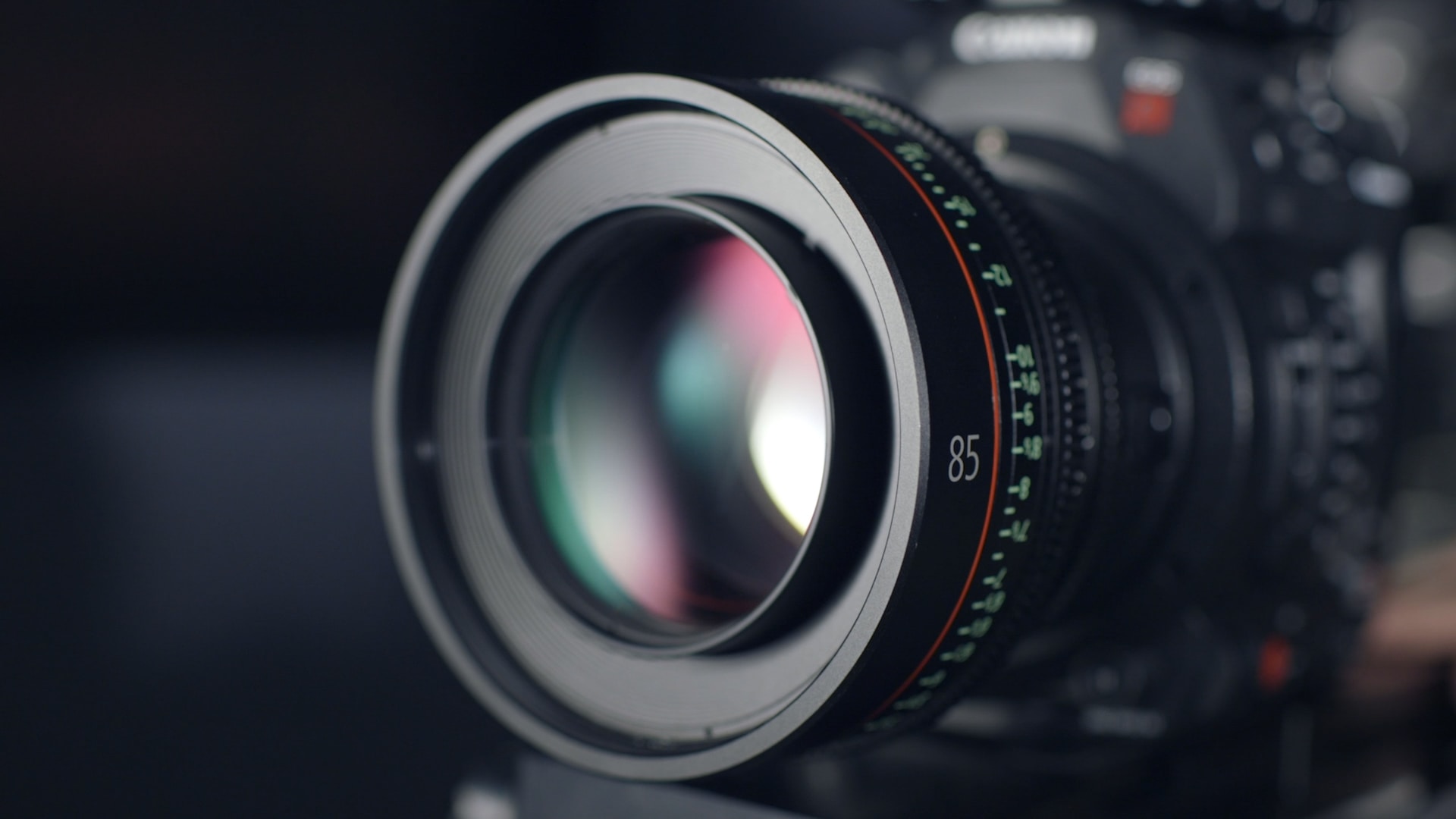When we are in the dark, nothing can be seen, since there is no light to bounce off the objects. When the flashlight is turned on, the light travels to the object, bounces off it, and reaches our eye. Special cells in it react to the light, sending signals to the brain and making us aware of the scene we see. Cameras work in a somewhat similar way, but they also need to store received information, that will be seen later.

September 4, 2023
Pavle Ignjatović
How does camera work?
It is estimated that 1.5 trillion photographs are taken each year. Unlike our ancestors, nowadays, for this purpose, we do not need to carry around heavy equipment but only use cameras on our phones. Yet, despite frequently posting selfies on social networks, many people have never thought how these are taken. That is why we will explain the whole process of camera work here.
When we are in the dark, nothing can be seen, since there is no light to bounce off the objects. When the flashlight is turned on, the light travels to the object, bounces off it, and reaches our eye. Special cells in it react to the light, sending signals to the brain and making us aware of the scene we see. Cameras work in a somewhat similar way, but they also need to store received information, that will be seen later.

Parts of the camera. Credits: https://www.gadgetreview.com/how-does-a-digital-camera-work#digital-camera-components
Capturing and storing information
At this moment, the image (focused light rays) needs to be stored. In the first cameras, the light was directed into the film, which would react and change colour depending on the amount of light received. Photos created this way could only contain colours in some shade of grey since the film could not distinguish between types of rays, only their "strength", or energy.This problem was solved with the introduction of digital cameras. These didn't use light-sensitive film, but rather red, green and blue pixels. Every colour can be represented as the unique "mixture" of these three colours, so these pixels could just measure the amount of each one. In these cameras, photos are not immediately printed on the medium (what was the case with light-sensitive film), but converted into digital value. This makes them easier to share, reproduce and edit, just like any other type of computer file.